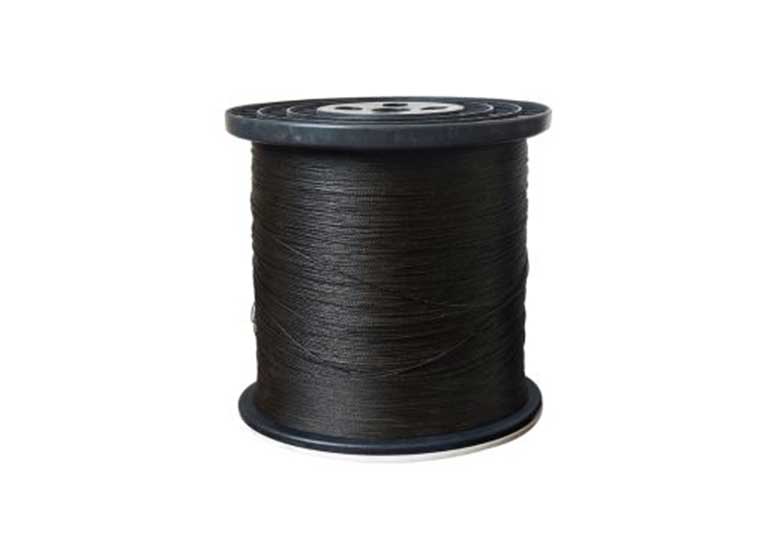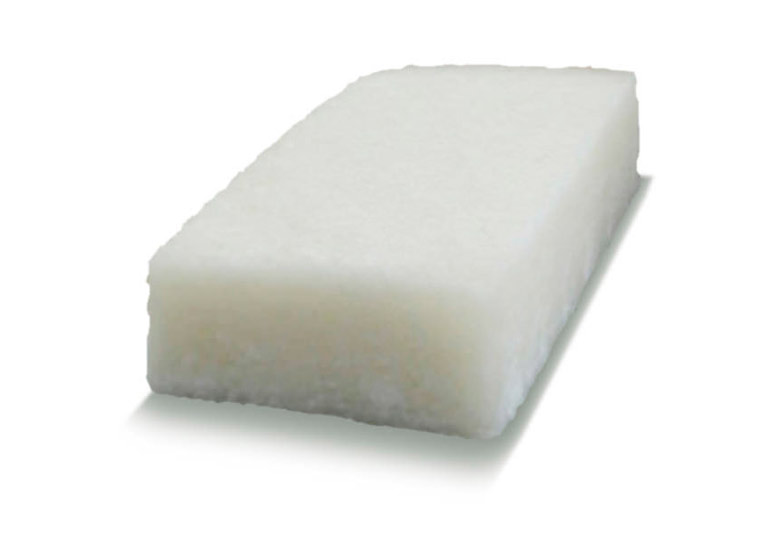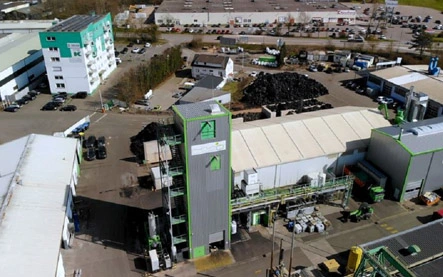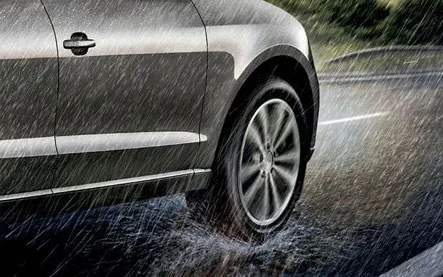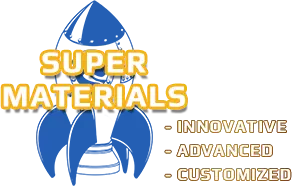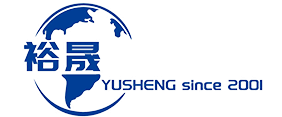
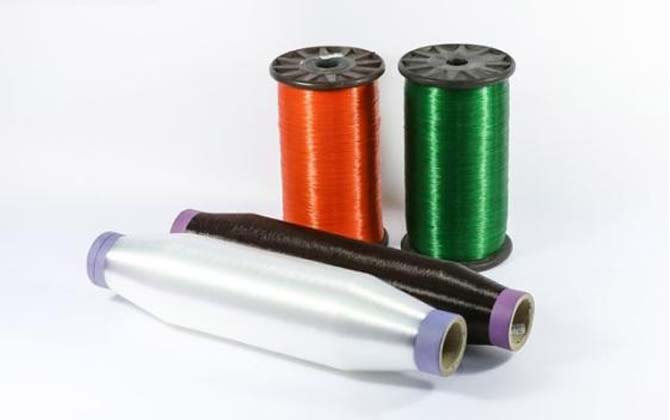
The characteristics of green tires are not only reflected in the green and safe end products, such as low rolling resistance, low noise, anti-slip, and high grip performance, but also in the tire production process, such as the use of green raw materials, green R&D ideas, green process configurations, resource conservation, and recycling. Among these, the greening of rubber additives is worth mentioning.
It is reported that traditional tire production processes require the use of some rubber additives that are harmful to humans and the environment, which inevitably cause adverse effects. At the same time, these harmful additives will emit pollutants into the environment as the tires are used and worn. Making green tires requires using environmentally friendly additives, so as to meet the requirements of green tires from the source. Through nearly a decade of effort, China's rubber additives have basically achieved environmental protection and greenization substitution, and the production scale accounts for about half of the global total.
It is understood that there are six main types of aids used in the rubber industry: vulcanization system aids, also known as promoters; protection system aids, also known as anti-aging agents; operation system aids, including plasticizers, softeners, etc.; reinforcement filling system aids, such as carbon black and white carbon black, etc.; bonding system aids, such as triazine bonding agents, etc.; and other aids such as dyes, etc. In 2014, the total output of China's six types of aids was about 5.8 million tons, of which carbon black and white carbon black accounted for about 80% of the reinforcement filling agents, promoters and anti-aging agents accounted for about 16% of the total, and these are the three largest rubber additives in terms of output and usage.
In the 1990s, a foreign rubber raw materials company introduced high-dispersion white carbon black and launched high-performance green tires. Gradually, green tires have been accepted by the public for their comfort, safety, and environmentally friendly energy-saving features.
In recent years, the global production volume of green tires that use white carbon black has maintained an annual growth rate of 10% to 20%, and more and more original equipment tires have begun to specify the addition of white carbon black. With China's increasing demand for environmental protection, energy efficiency and comfort, the application proportion of white carbon black in tires is also expanding.
Currently, white carbon black for tires has shown excellent performance in reducing rolling resistance and improving grip performance, and is therefore widely used in snow tires, anti-skid tires, and green tires. Data show that in 2012, the amount of white carbon black added to tires in China was only 180,000 tons, but it is expected to reach around 600,000 tons by the end of this year.
The progress in promoters and anti-aging agents is also quite rapid. A decade ago, NOBS (N-oxydiethylene-2-benzothiazole sulfenamide) was still the main promoter variety, which was considered harmful to human health abroad. However, in the past decade, safe green promoters dominated by NS (N-t-butyl-2-benzothiazole sulfenamide) have basically replaced promoter NOBS.
To meet the needs of green tire development, optimize and adjust the product structure of reinforcement filling agents
Using white carbon black instead of carbon black can reduce tire rolling resistance. In the future, the proportion of white carbon black in reinforcement filling agents will continue to increase. At the same time, the adhesive agent of silane coupling agent that matches it will also develop rapidly.
Promote green and clean production processes for rubber additives
The largest amount of rubber additives is promoters and anti-aging agents, and the largest anti-aging agent used in China is anti-aging agent 4020. It is reported that the traditional production process of 4020 produces large amounts of waste. At present, the environmentally friendly and cost-competitive process for producing anti-aging agent 4020 is to use nitrobenzene as the starting material and produce anti-aging agent 4020 through RT-NS (N-phenyl-p-phenylenediamine). In recent years, several sets of devices producing anti-aging agent 4020 using this process have been put into operation, and traditional processes such as formylation aniline should be replaced in the future.
Further promote the environmental substitution of rubber additives
The recent focus is on the environmental substitution of operating system aids, such as using cycloalkane filling oil to replace high-polyaromatic content aromatic oils, and using plasticizer DBD (2,2'-dibenzamidodiphenyl disulfide) to replace plasticizer B (pentachlorothiophenol).
With the deepening of the green tire concept, some Chinese companies and research institutes have begun to conduct research on green tire technology. In addition to additives, China's entire tire manufacturing, material, equipment, and machinery industry chains are developing in sync and laying a good foundation for the development of green tires. China is getting closer to achieving its goal of becoming a world tire industry leader.
We Value Your Privacy.
Our website uses cookies to improve your experience. By clicking "Accept All Cookies", you agree to the storing of cookies on your device to enhance site navigation, analyze site usage, and assist in our marketing efforts.
 English
English 日本語
日本語 한국어
한국어 français
français Deutsch
Deutsch Español
Español italiano
italiano русский
русский português
português العربية
العربية tiếng việt
tiếng việt